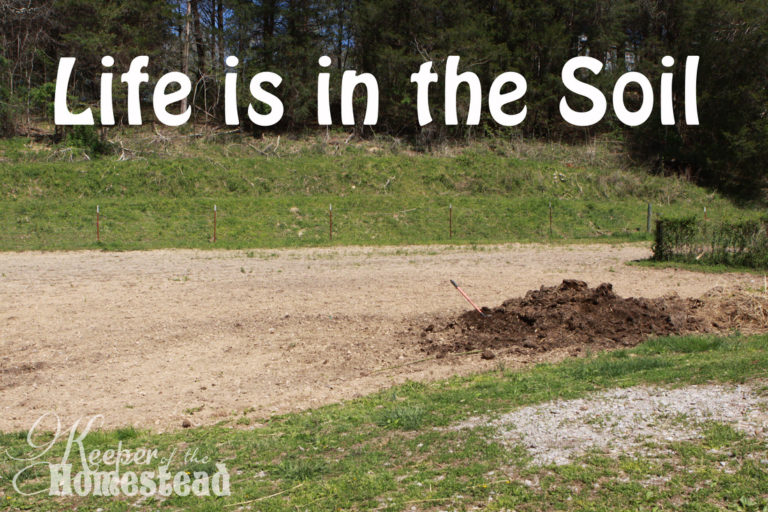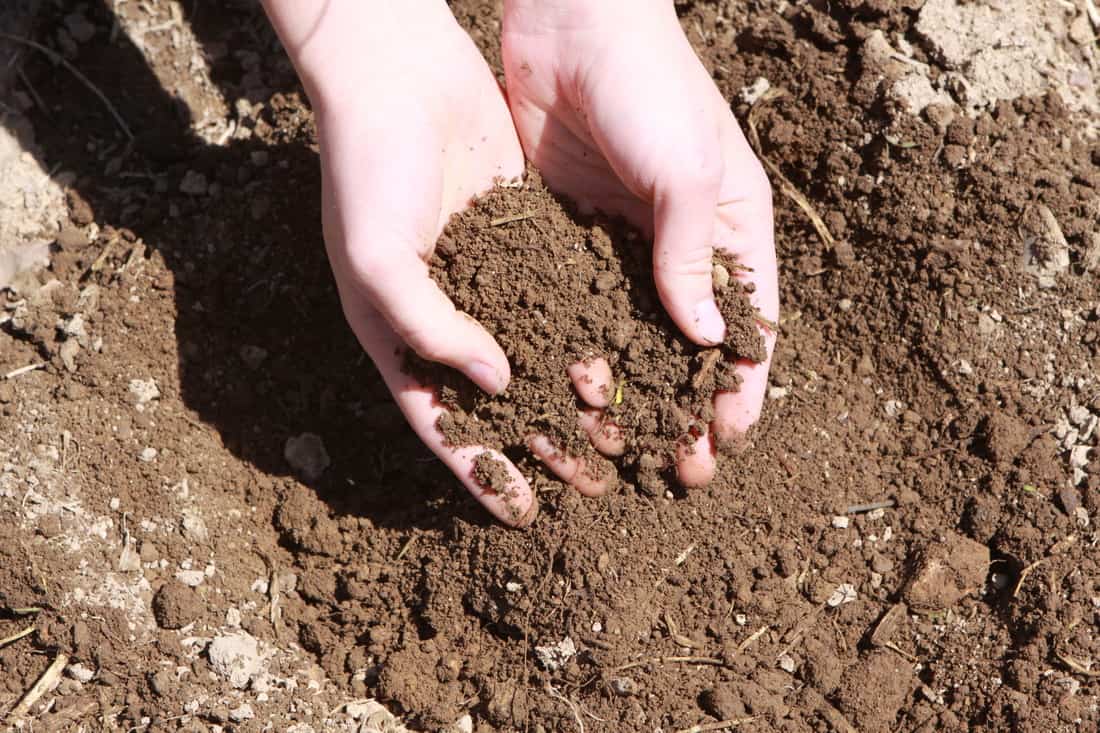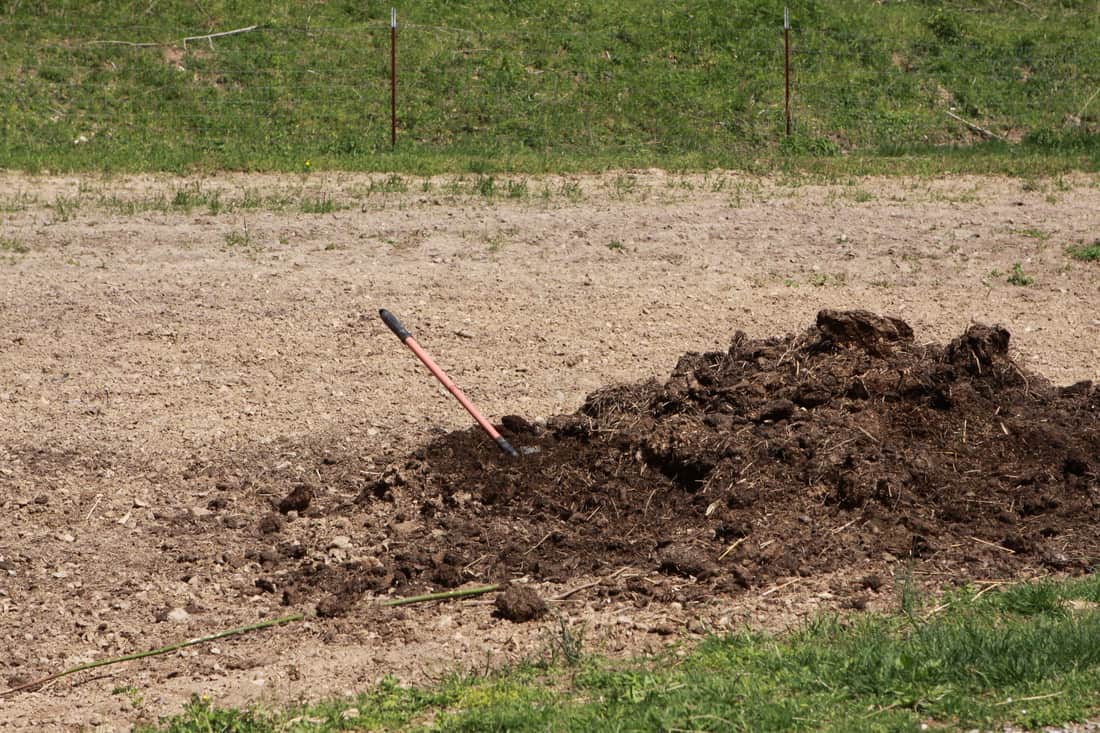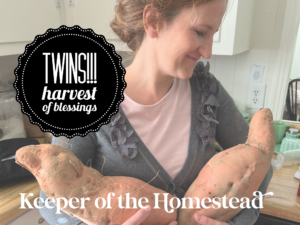The Soil should be your best friend. Treat him well, give him what he needs, and he will give you back a hundred fold. So many people think it is the plant that needs all the care. Rather, I would argue, it is the soil which needs the attention. The soil is the life of the garden. Dry-packed ground will choke the life, wet ground will drown it out, weeds will thrive and hold your good roots captive, but good ground will give a good healthy crop. If you build the soil, you will not have to worry about the actual plants. The soil will take better care of them than you ever could.
Amending Your Soil
When is the proper time to amend your soil? The answer is as often as you think of it. Feeding your soil should be one of your biggest priorities because it is the soil that will feed the plant and cause the plant to yield fruit that is richer in nutrients. Depending on the quality of your soil to begin with, there are practical methods for amending.
Poor Soils:
Subsoil: Do you have a recently bulldozed parcel of land? If you live in a newer home, chances are that when the land was purchased, someone bulldozed all the top soil off to start building the home. If this is the case, you have subsoil exposed which is a poor soil to work with. The idea would be create topsoil. You can create topsoil by making your own green manure. Here are some tips to make a good top soil. It will take some time, but it will be well worth the wait.
How to make good top soil…
- Organic matter. You can use manure but make sure you have composted manure. There is too much nitrogen in fresh manure. It needs time to break down before using it. One year is sufficient time to allow the manure to decompose.
- Lime dust. If you can get some dolomite limestone, you can dust it over the garden to level out the pH. When you have poor soil conditions, lime will help bring the acidity to a healthy growing environment.
- Coffee grounds are good to add.
- Leaves will compost into some very fluffy humus which is great for soil, especially when mixed with wood ashes which compensate for the leaves high acid content. It balances the pH out when combined.
- Grass clippings will add nitrogen.
- Sawdust is good. We add sawdust to our bedding in the barn and it mixes into the manure for compost. Use only the composted sawdust that is rotted down. The fresh sawdust would actually take nitrogen out of the soil.
- Peat Moss is good because it will add a lot of organic matter and it will also help hold the moisture.
- Compost that is rotted down. Having a compost bin or pile near the garden is a good idea. You can bring scraps of vegetables, egg shells, leaves, and grass clippings out to your compost pile and it will do its own decomposing. Keep it moist. You can simply water it if it looks dry.
- Compost tea: Add aged compost into water and stir it each day for 5 days. Strain and do not dilute. This makes a great soil feed.
- Worms. Add worms to the soil. The worms eat holes in the earth which aerates and allows better drainage. They also add castings which is a great fertilizer for the garden.
- After you have added some good organic matter, plant buckwheat. Buckwheat can tolerate pretty poor acidic soil which is the case with most subsoil exposure.
- Till in the buckwheat after it flowers. Plant another crop of buckwheat. Till in the buckwheat after it flowers again.
- Follow with a planting of winter rye. Allow the bed to rest over the winter and by early spring you can till that crop of winter rye under. Let the plot rest a few weeks before planting.
Compacted/Clay Soil: If the soil drains poorly, you may have compacted soil or clay ground. The more compacted or hard the soil is, the harder it is for the tender roots to grow through. The plants can become over saturated. Think of it this way… if you have clay, you can hold water in it like a vessel. That is why we use clay to make pottery. It holds liquids. A clay soil is akin to a deck of cards. When you spread the cards out, it becomes like a barrier, a slippery barrier and the water will run off it. The way to alleviate this issue is to wiggle a pitch fork through it until it becomes loose or rototill it. To prevent hard packing the soil, keep heavy machinery out of the garden, like tractors, or walking on the areas you intent to plant. Keep the soil loose enough you can easily pick up soil into your hand. I like our garden to feel like powder. Amend the clay, hard packed soil by using the previously mentioned top soil organic matter. Biggest rule of thumb for the clay soil is to NEVER work with it when it is wet! The more organic matter you can add to clay soil the better.Soggy Soil: You know you have a drainage problem if you have pools of water collecting in your garden after rainfall. It could be that you are close to the water table which can be fixed. Try to build up the top soil in that area until it is about level with the other parts of the garden and make sure you keep loose ground so the water can drain properly.
Depth of Soil: To test the depth of your soil, just drive your spade shovel into the ground and pull out a specimen. You can observe the amount of top soil and where the subsoil starts. This is important in understanding what you will need to add to make a difference in the quality of the soil. If the soil is shallow it will not drain well and will be too dry for the plants to thrive. It would be good to add organic matter to build the top soil up in that particular area.
You can purchase a home soil test kit at any local garden shop. It is best to test in early spring because the ground will show exactly what it is at it’s rest point.Home soil testing kits usually include vials and tablets to test your specimen of soil and a chart to distinguish the results. There are also soil meters that can be inserted into the soil to give a reading. Follow the manufacturer’s instructions for these home testing options.Once you know the pH of the soil, you can make some decisions:If the soil is too alkaline, you need to add more acid to the soil:
- oak leaves
- bark
- pine needles
- wood chips or sawdust
- coffee grounds
If the soil is too acid, you would need to add the following to raise the pH:
- wood
- shredded cardboard or newspaper
- ground oyster shells
- garden lime (dolomite limestone powder)
The bacteria is vital in creating a healthy ecosystem in your garden. It will breakdown the organic matter to make it useful to the plants. Throughout the growing season keep nurturing your soil. Mulch around the plants to choke out unappreciated weeds. If a weed springs up, pluck it out. Do not allow the weeds to gain control over the beds. If the weeds are allowed to seed out, you will have more weeds. The roots will actually bind together with your precious plants and if you wait too long and try to pluck it out, you may bring up the plant as well. Add organic matter as often as it comes to mind and the results will be a healthier harvest.










2 thoughts on “Life is in the Soil”
Thank you for all the information. We have your dvds and the children love to watch them again and again.
I planted the garden a bit too early. My direct sow seeds have come in fine, but my tender basil and cucumber starts did not fair so well after a week of really cold weather!! Your blog is a blessings.
Thank you for all the great tips!